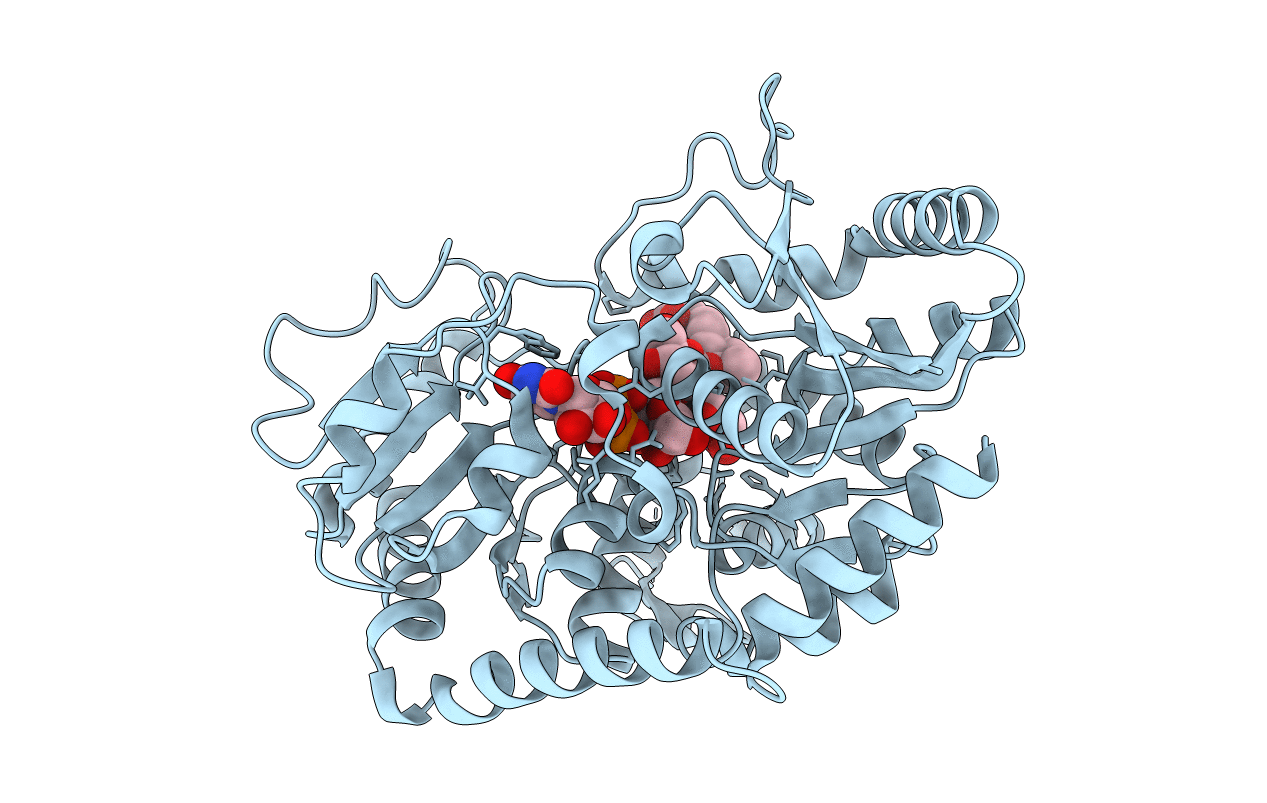
Deposition Date
2019-03-09
Release Date
2019-06-12
Last Version Date
2024-03-13
Entry Detail
PDB ID:
6O88
Keywords:
Title:
Crystal Structure of UDP-dependent glucosyltransferases (UGT) from Stevia rebaudiana in complex with UDP and rebaudioside A
Biological Source:
Source Organism:
Stevia rebaudiana (Taxon ID: 55670)
Host Organism:
Method Details:
Experimental Method:
Resolution:
1.99 Å
R-Value Free:
0.20
R-Value Work:
0.16
R-Value Observed:
0.16
Space Group:
P 31 2 1


